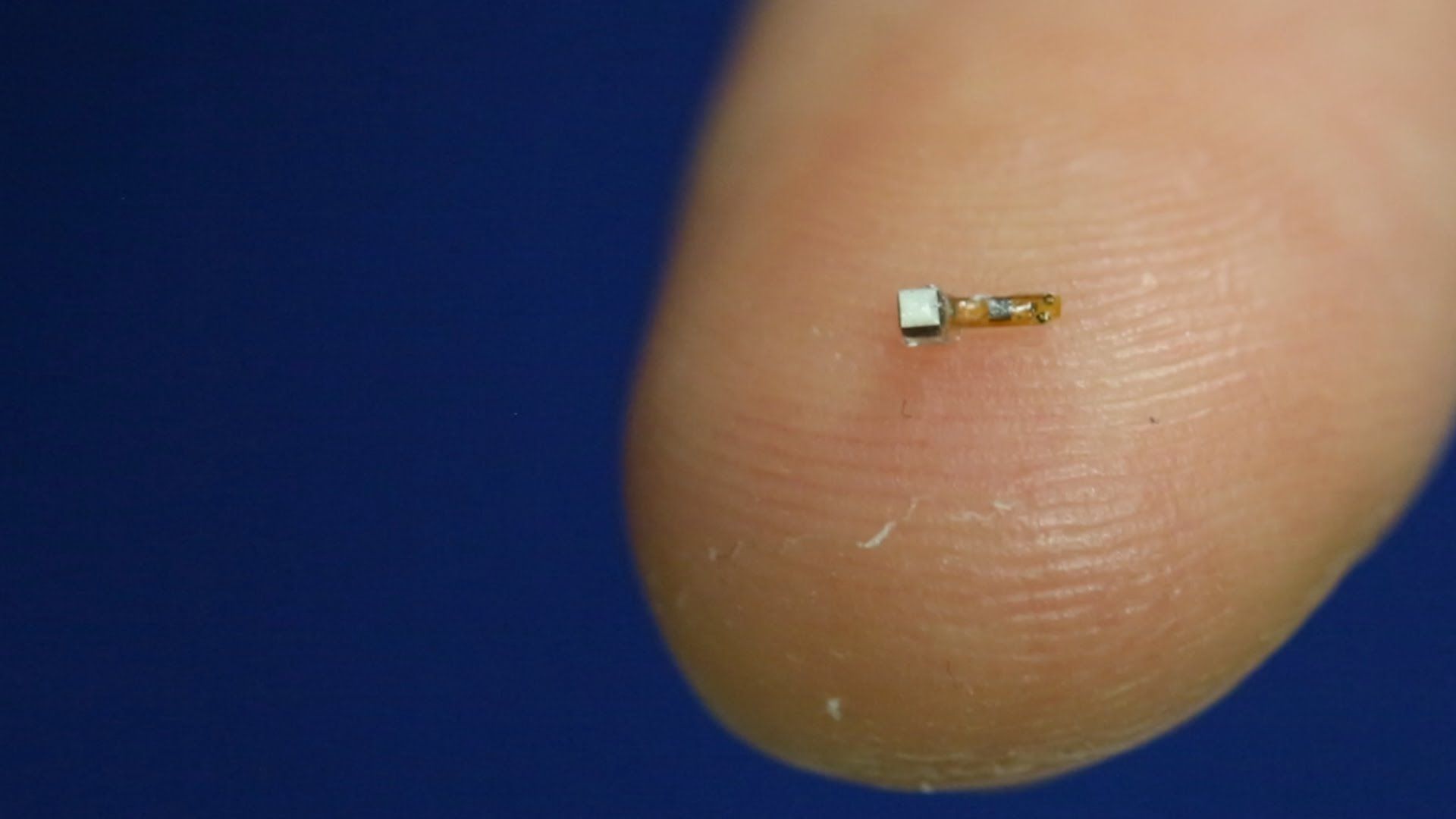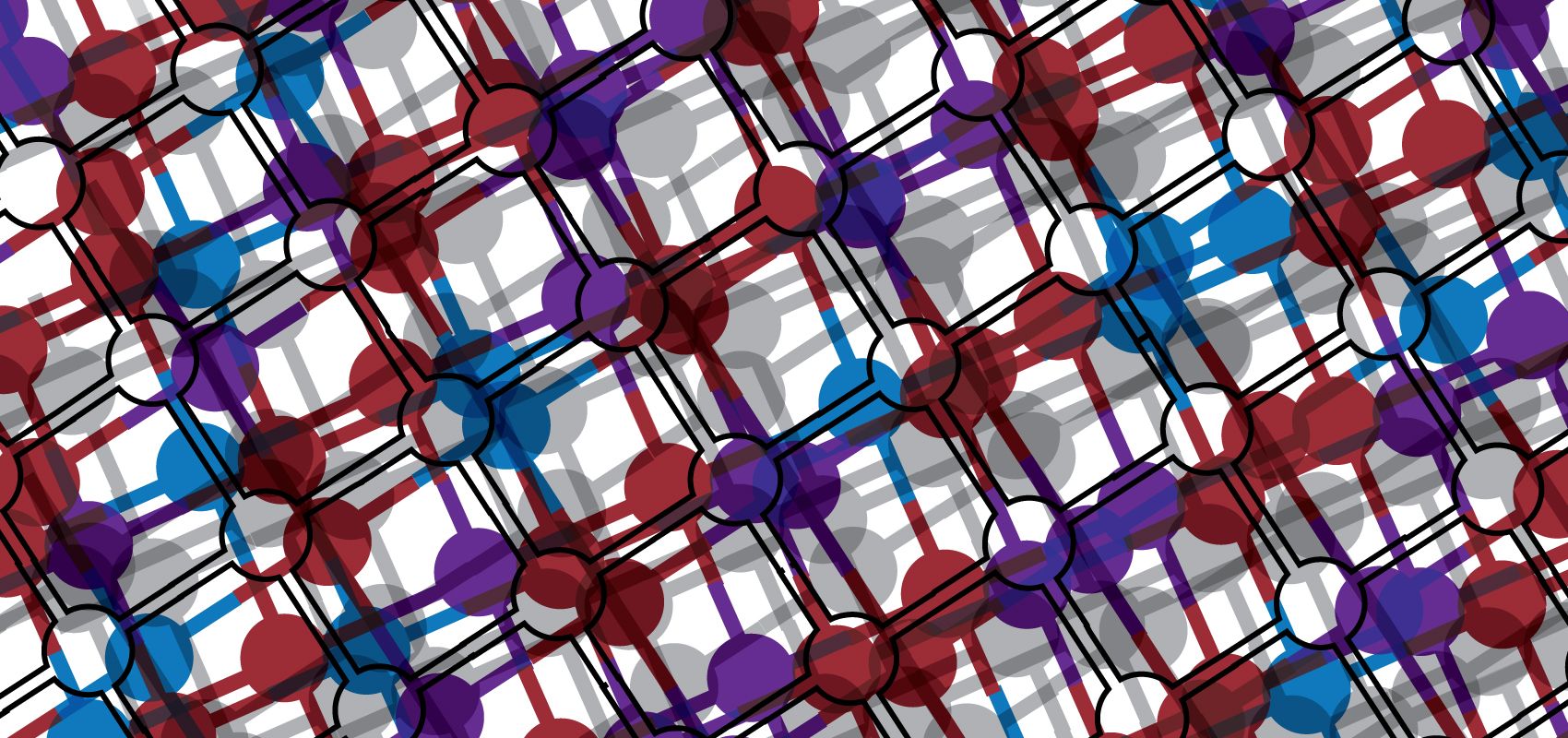Page 10902
Aug 15, 2016
A Quantum Computing-Dominated World Is Coming In Less Than 10 Years, Says CEO Of Acronis
Posted by Karen Hurst in categories: quantum physics, security, solar power, supercomputing, sustainability
I told folks this; I see another one from Google has joined the QC less than 10 year club. My guess is more likely less than 7 years.
A seminal moment in the quantum technology field just happened: Google’s team of scientists have simulated a hydrogen molecule from its quantum computers, a breakthrough that suggests it could “simulate even larger chemical systems,” writes one of Google Quantum’s engineers, Ryan Rabbush. The search engine’s achievement underscores the technology’s potential as Rabbush posits it can “revolutionize the design of solar cells, industrial catalysts, batteries, flexible electronics, medicines, materials and more.”
As advances in such supercomputers continue, investment and research in this field gathers greater momentum as Google, Alibaba, Baidu, Amazon and other tech giants and governments too are racing to develop this technology. Recently, the European Commission allocated €1 billion to research, incubate and invest in quantum technologies. Meanwhile Google last month made headlines about testing its quantum security to shield its Chrome browser.
Aug 15, 2016
4 Smart Textiles Revolutionizing the Future of Fabric
Posted by Karen Hurst in categories: biotech/medical, computing, military, wearables
Luv it; especially fabric to do time release meds, or bio release meds; or do communications via a shirt or jacket.
With the invention of technology-laden fabrics, otherwise known as smart textiles, we are able to benefit from multifunctional materials.
Smart textiles, also known as E-textiles, smart garments, tech fabrics, and smart fabrics, are materials based on technology that integrate advanced features beneficial to the wearer. In an interview with Forbes, Rebeccah Pailes-Friedman, smart textiles and wearable technologies expert stated, “what makes smart fabrics revolutionary is that they have the ability to do many things that traditional fabrics cannot, including communicate, transform, conduct energy and even grow.” And as crazy as it might sound, having computers and technology literally integrated into our clothing is not only acceptable but may one day be the norm.
Continue reading “4 Smart Textiles Revolutionizing the Future of Fabric” »
Aug 15, 2016
Exclusive Report: The Rise of a More Intelligent Food System
Posted by Karen Hurst in category: food
Patrick Keating of Keating International gives an exclusive insight into how the food system has progressed since the earliest forms of agtech.
Aug 15, 2016
China launches world’s 1st ‘hack-proof’ quantum satellite:The Asahi Shimbun
Posted by Karen Hurst in categories: quantum physics, satellites
BLASTOFF! China has launched their new Quantum Satellite today Tuesday. It is the beginning of a whole new tech & communications world.
BEIJING—China on Tuesday launched the world’s first quantum satellite, which will help it establish “hack-proof” communications between space and the ground, state media said, the latest advance in an ambitious space program.
The program is a priority as President Xi Jinping has urged China to establish itself as a space power, and apart from its civilian ambitions, it has tested anti-satellite missiles.
Continue reading “China launches world’s 1st ‘hack-proof’ quantum satellite:The Asahi Shimbun” »
Aug 15, 2016
China launches ‘hack-proof’ quantum satellite in world first
Posted by Karen Hurst in categories: encryption, quantum physics, security, space
This is so exciting.
The transfer of data using quantum communications is considered impenetrable due to a particle phenomenon known as quantum entanglement, with eavesdroppers unable to monitor the transfer without altering the quantum state and thereby being detected. In theory, two parties can communicate in secret by sharing an encryption key encoded in a string of photons.
China’s big-spending quantum research initiative, part of Beijing’s broader multi-billion dollar strategy to overtake the West in science and space research, is being closely watched in global scientific research and security circles, with groups from Canada, Japan, Singapore and Europe also planning their own quantum space experiments.
Continue reading “China launches ‘hack-proof’ quantum satellite in world first” »
Aug 15, 2016
Evidence of Stephen Hawking’s famous prediction about black holes was just observed for the first time
Posted by Karen Hurst in categories: cosmology, quantum physics
This nice; however, China’s Quantum Sat. announcement is the big news this morning.
Black holes might not be the bottomless pits we think they are.
Aug 15, 2016
Engineers Create The First Dust-Sized Wireless Sensors That Can Be Implanted Into The Human Body
Posted by Shailesh Prasad in categories: biotech/medical, neuroscience

Engineers at the University of California, Berkeley have created the very first dust-sized wireless sensors that may be implanted within the body. This is bringing technology closer to the day that technologies such as the Fitbit will be able to monitor internal nerves, muscles and organs all in real time.
These devices do not require batteries and may also be able to stimulate nerves and muscles opening up doors for electroceuticals to treat disorders including epilepsy and stimulate the immune system or lower inflammation.
Aug 15, 2016
No More Pills? Tiny Nerve-Zapping Implants to Fight Disease
Posted by Shailesh Prasad in categories: biotech/medical, neuroscience

Imagine a future where we can treat diabetes or autoimmune disorders with an electrical zap delivered by a device no larger than a speck of dust.
The device, implanted through microsurgery, sits silently on a single nerve bundle, monitoring electrical signals sent out by the brain to itself and various organs in the body.
Continue reading “No More Pills? Tiny Nerve-Zapping Implants to Fight Disease” »
Aug 15, 2016
Stanford-led experiments point toward memory chips 1,000 times faster than today’s
Posted by Shailesh Prasad in category: computing
Silicon chips can store data in billionths of a second, but phase-change memory could be 1,000 times faster, while using less energy and requiring less space.
















